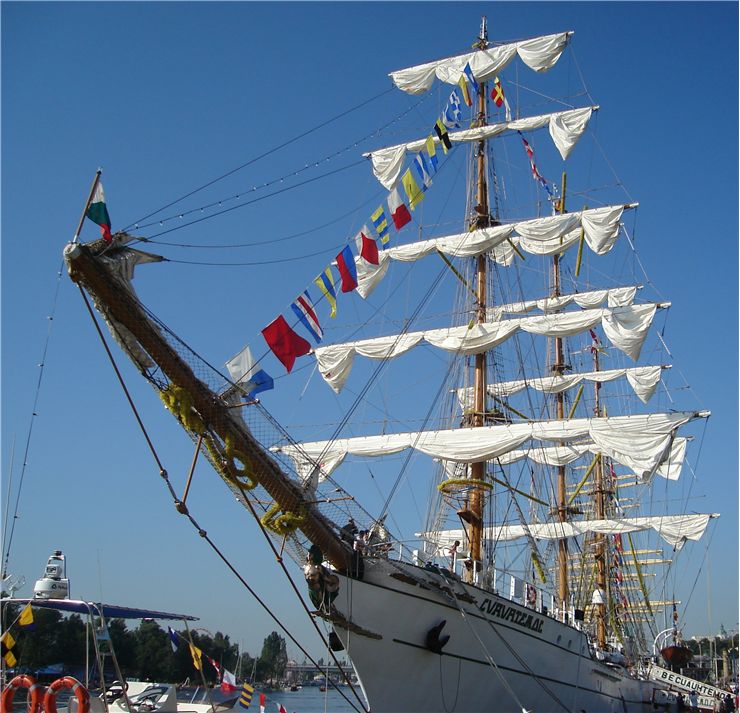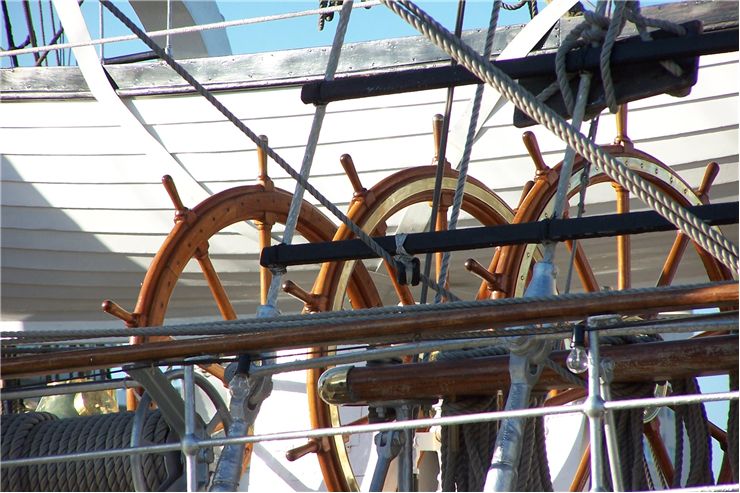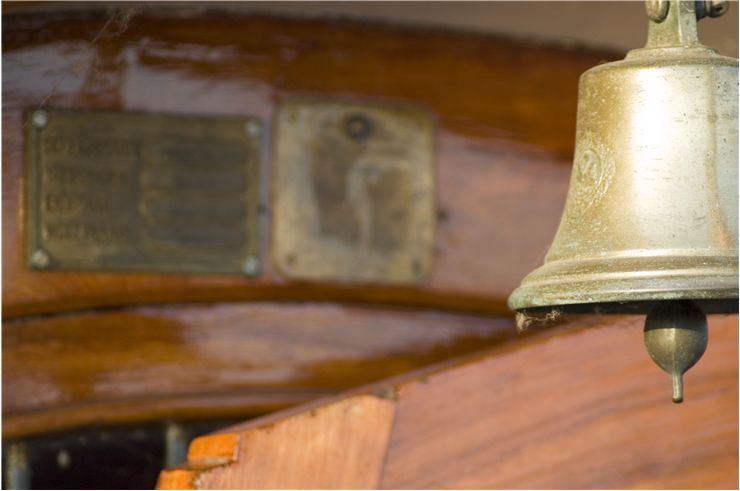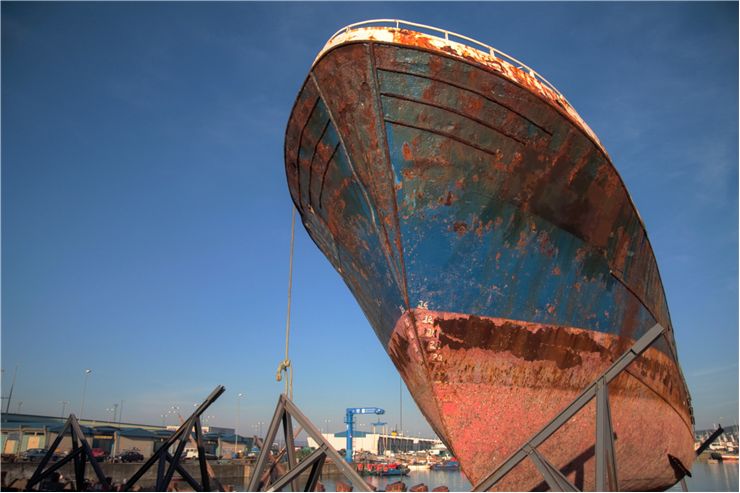Shipbuilding - How Ships are Built?
Shipbuilding is the construction of ships and floating vessels. It is done in shipyards and we build ships since before we started recording history. There is archeological evidence that humans arrived on Borneo at least 120,000 years ago, sailing across the sea. Some 50,000 years ago, ancestors of Australian Aborigines and New Guineans sailed across the Lombok Strait to Sahul.
Oldest ancient Egyptian ships, which we know of, were built as early as 3000 BC. Egyptians made hulls of ships out of wooden planks which were "sewn" together with straps and reeds or grass were stuffed between the planks. Later, Egyptians connected planks with treenails and used pitch for caulking instead of grass. They also used mortise and tenon joints. At the same time, shipbuilding and boatmaking became prosperous industries in ancient India. During the second millennium BC, ancient Egyptians built more complex ships with one mast and a single square sail and often additional oars as auxiliary power.
During the first millennium BC, ancient Chinese start their naval history. They built large rectangular barges known as "castle ships". They were basically floating fortresses that had multiple decks with guarded ramparts. They also built ramming vessels and this is the time when junk ship design appeared for the first time.
Vikings built their ships in 4th century with “clinker” technique - method of boat building where the edges of hull planks overlap. The first ships with a straight sternpost appeared in Europe in 12th century. This enabled mounting of a rudder, which was much more durable than a steering oar which was held over the side.
The first treatise on shipbuilding was written around 1436 by Michael of Rhodes and it dealt with ship building, mathematics, and astrology. Imperial China reached its height in shipbuilding between 10th and 17th century. China established its first official standing navy in 1132 and they also had the largest seaports in the world. Islamic world also had their ships like dhow, felucca, baghlah and the sambuk. Melanesians and Polynesians built giant canoes and great catamarans.
In the 15th century, Portuguese invented carrack, three- or four-masted sailing ship for use in the Atlantic Ocean, and the west moved into a new era of ship construction. Ships became bigger and more complex and naval architecture became an engineering discipline instead a secretive trade which was until then.
The industrial revolution brought new materials and designs. Iron was gradually adopted in ship construction, first as a protection on wooden parts of the ships and then to form the hull itself. Steel replaced wrought iron when it became readily available in the latter half of the 19th century because it was cheaper and lighter.
When the Second World War was over, many countries of the world started building ships to rebuild its industrial structure. As an attractive industry for developing nations, shipbuilding became popular at first in Japan in the 1950s and 1960s and then in South Korea and China. Today, the world shipbuilding market suffers from over-capacities, depressed prices, low profit margins, trade distortions and widespread subsidization. China is the world's largest shipbuilder with 45% of the world's total orders with South Korea on second place with 29%.
Ships are today built with a method called "block construction". Multi-deck segments of the hull or superstructure are prefabricated - built elsewhere in the yard, transported to the building dock or slipway, and then lifted into place. This is done to minimize the effort needed to assemble or install components deep within the hull once it is welded together. Before the ships are built, they are tested in ship model basins.



